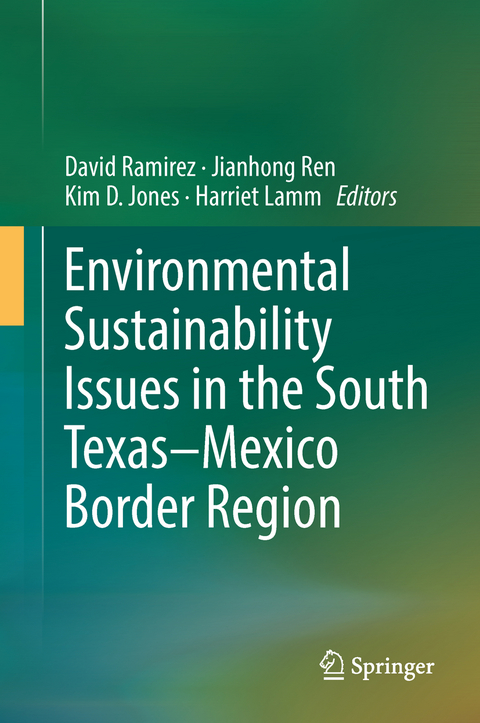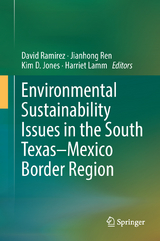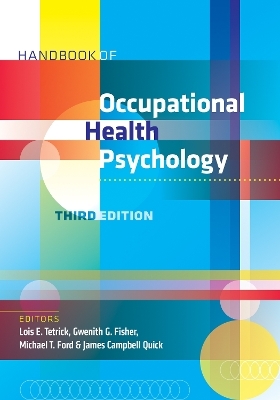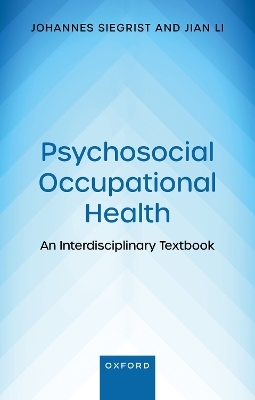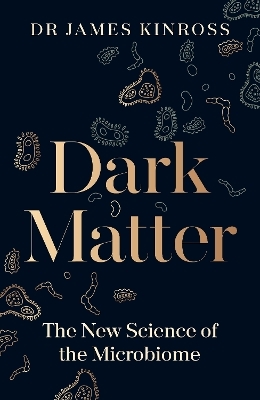Environmental Sustainability Issues in the South Texas–Mexico Border Region
David Ramirez is an Associate Professor of the Department of Environmental Engineering and Director of the National Science Foundation (NSF) funded Center for Research Excellence in Science and Technology – Research on Environmental Sustainability in Semi-Arid Coastal Areas (CREST-RESSACA) housed at Texas A&M University-Kingsville. His research focuses on the development of air quality control technology, atmospheric transformations of engineered nanomaterials, manufacture of carbon based adsorbents, nanoparticle adsorption, capture and recovery of organic vapors emitted from point sources, and air quality monitoring in near-coastal air sheds. He is a recipient of the 2009 NSF CAREER award, NSF foundation-wide most prestigious award for junior faculty. His research work has been funded from different agencies such as NSF, the U.S. Environmental Protection Agency, Texas Higher Education Coordinating Board, and Texas Workforce Commission. Jianhong Ren is an Associate Professor of the Environmental Engineering Department and Interim Associate Dean of the Frank H. Dotterweich College of Engineering at Texas A&M University-Kingsville. Her research focuses on reactive transport processes in aquatic systems, chemical contamination and observations in fresh and costal water environment, real-time monitoring using cutting-edge sensor technologies, and physicochemical process based environmental system modeling. She has secured numerous research grants from the National Science Foundation (NSF), U.S. Environmental Protection Agency and Texas Higher Education Coordinating Board. She is a recipient of the 2004 NSF CAREER award, NSF foundation-wide most prestigious award in support of junior faculty who exemplify the role of teacher-scholars through outstanding research, excellent education and the integration of education and research. Kim D. Jones is a Professor and Chair of the Environmental EngineeringDepartment and Director of the Institute for Sustainable Energy and the Environment at Texas A&M University-Kingsville. He has led research efforts in ecological engineering projects, including the designs of treatment constructed wetlands and biofiltration projects targeting the monitoring and mitigation of non-point source pollution, for many years with real time sensor monitoring and data analysis. He has designed ecological engineering based coastal restoration projects with soil moisture and erosion monitoring, with the objective of preserving habitat while mitigating shoreline erosion. His research work has been funded by the National Science Foundation, U.S. Department of Energy, and the Texas Commission on Environmental Quality. Harriet Lamm is a research scientist of the Office of Strategic Research Development at the Texas A&M Engineering Experiment Station. She has been the evaluator and coordinator of numerous research and education programs such as the South Texas Advanced Technology Education project, Texas Collaborative for Excellence in Teacher Preparation, Alliance for the Improvement of Mathematics Skills PreK-16, TAMU-Corpus Christi’s Science, Technology, Engineering and Mathematics Talent Expansion Program (STEP), TAMU-Kingsville’s Research Experience for Teachers in Manufacturing for Competitiveness in the United States, TAMU-Kingsville’s STEP, TAMU-Kingsville’s CREST RESSACA, and Texas A&M University System Louis Stokes Alliance for Minority Participation. She also taught mathematics at the secondary and post-secondary levels.
From the contents:
Introduction to Environmental Sustainability Issues in the South Texas–Mexico Border Region.- Pollution and Lifestyle Causes of Asthma and Allergies among School Children of Tamaulipas, Mexico in the U.S.-Mexico Border Region.- Environmental Health Indicators for the Border Region between South Texas and Northeastern Mexico.- Characterization of Ultrafine Particles and Other Vehicular Pollutants near an International Bridge in United States - Mexico Border Region.- Evaluating the Impacts of Emissions and Global Temperature Perturbations on Air Quality in South and Central Texas.- Manufacture and Physical Characterization of Wood-Derived Activated Carbon from South Texas Mesquite for Environmental Applications.- Assessment of Nutrient and Heavy Metal Levels in Manadas Creek, an Urban Tributary of the Rio Grande in Laredo, Texas.- Antimony and Arsenic Isotope Distribution in a Semi-Arid Creek during the Wet Season.- Characterization of Brackish Groundwater Desalination (…).
| Erscheint lt. Verlag | 16.9.2013 |
|---|---|
| Zusatzinfo | XI, 198 p. |
| Verlagsort | Dordrecht |
| Sprache | englisch |
| Maße | 155 x 235 mm |
| Themenwelt | Medizin / Pharmazie ► Medizinische Fachgebiete ► Arbeits- / Sozial- / Umweltmedizin |
| Studium ► Querschnittsbereiche ► Klinische Umweltmedizin | |
| Naturwissenschaften ► Biologie ► Ökologie / Naturschutz | |
| Naturwissenschaften ► Geowissenschaften | |
| Sozialwissenschaften ► Politik / Verwaltung | |
| Technik ► Umwelttechnik / Biotechnologie | |
| Schlagworte | Air Pollution • Environmental sustainability • Rio Grande • South Texas-Mexico border region • Water pollution |
| ISBN-10 | 94-007-7121-5 / 9400771215 |
| ISBN-13 | 978-94-007-7121-5 / 9789400771215 |
| Zustand | Neuware |
| Haben Sie eine Frage zum Produkt? |
aus dem Bereich
